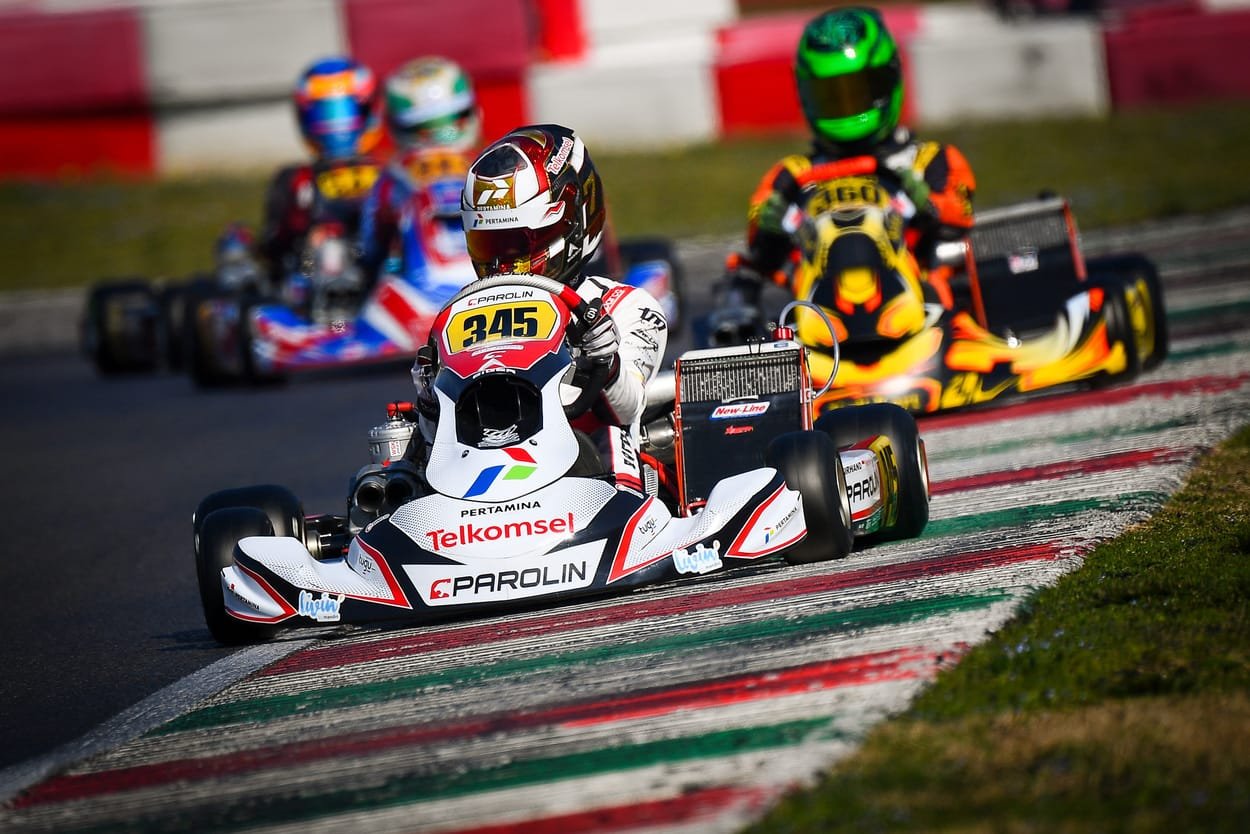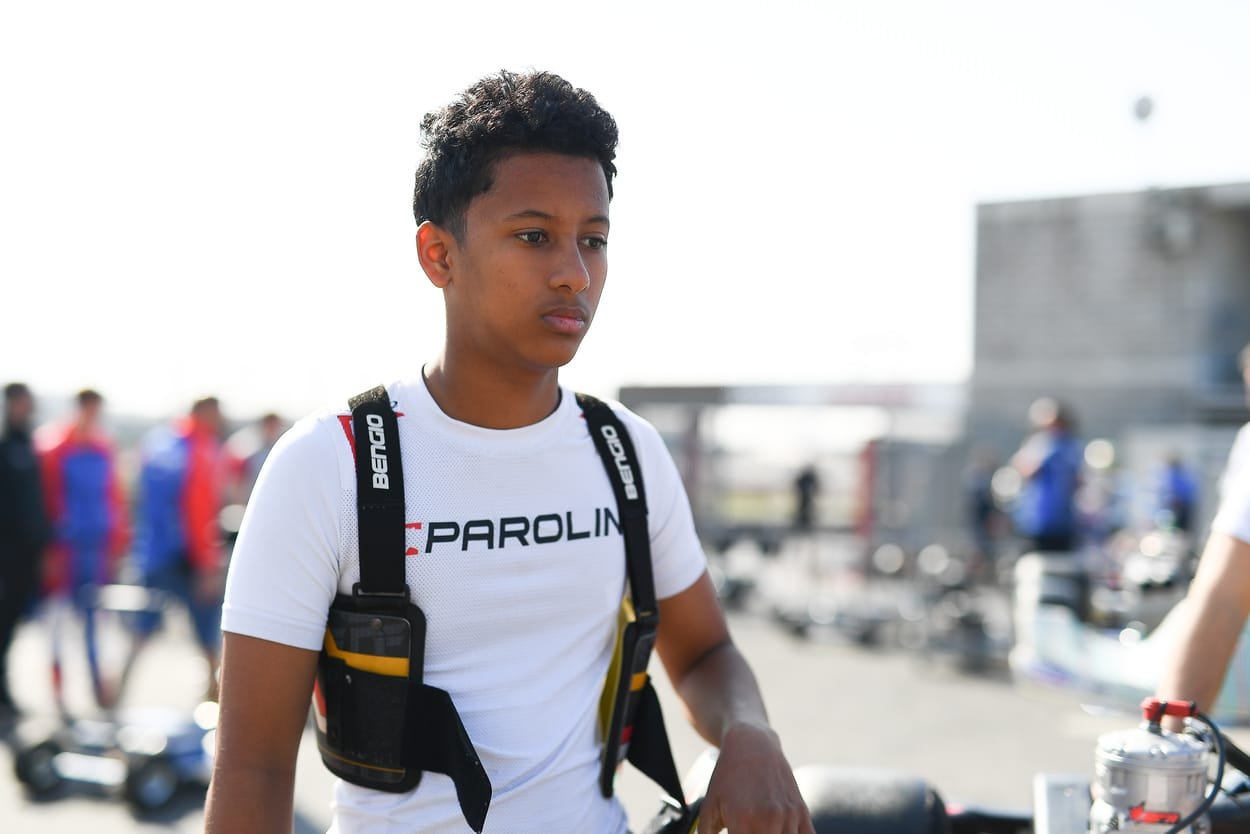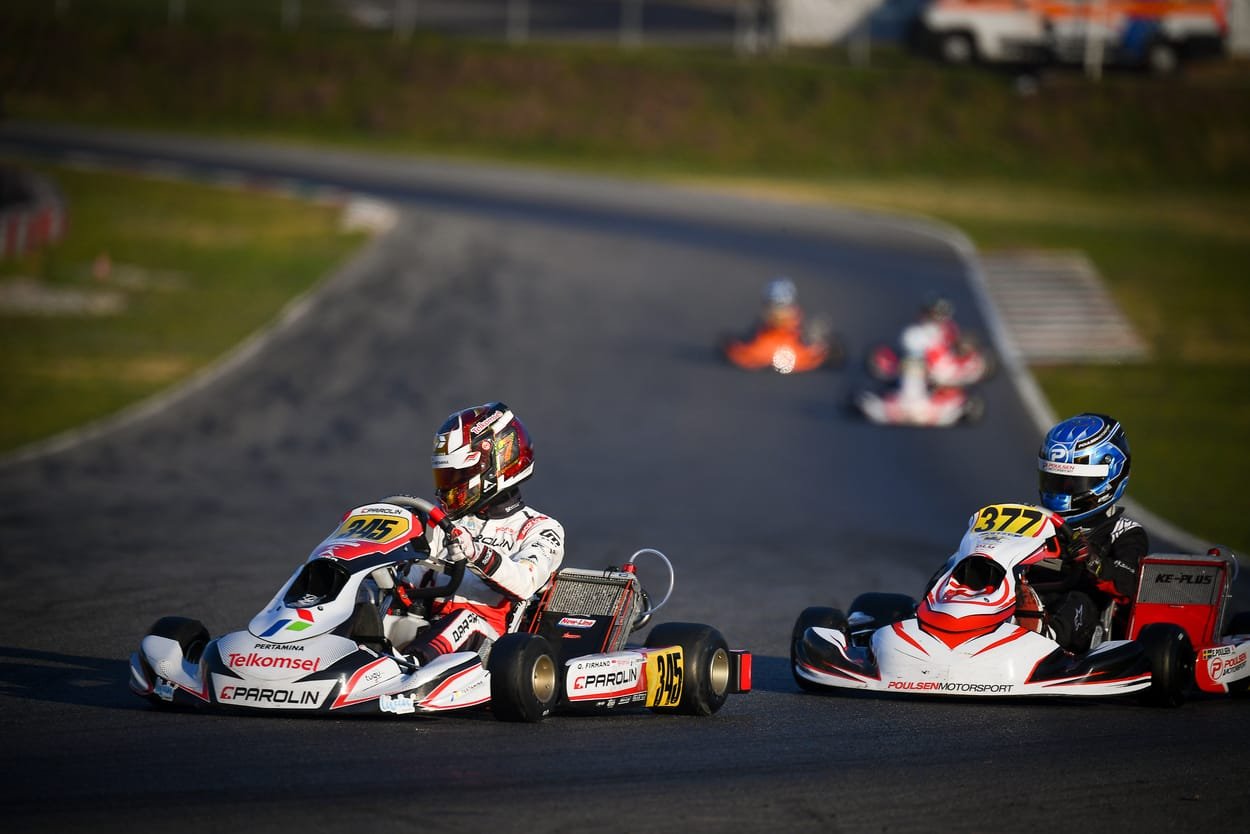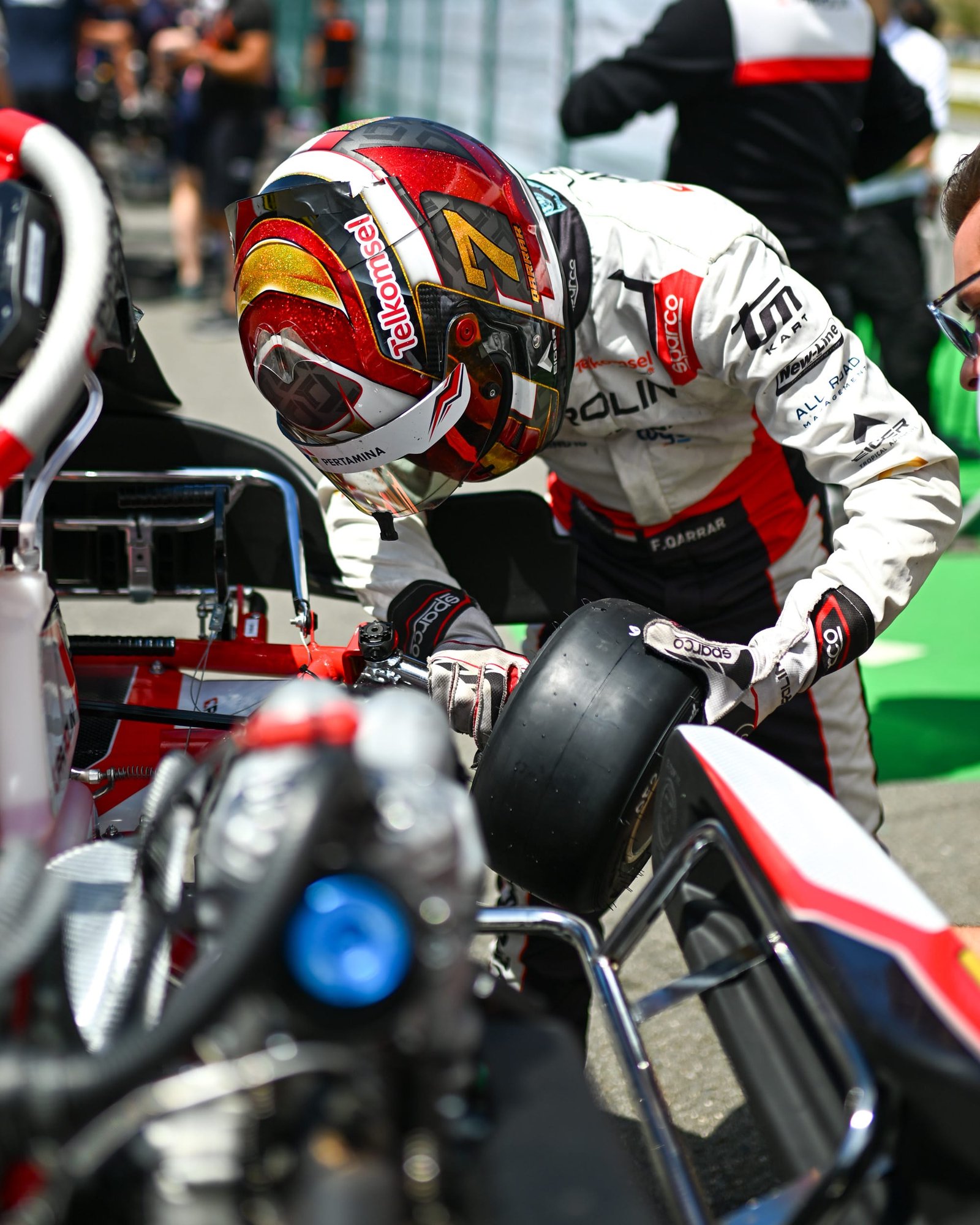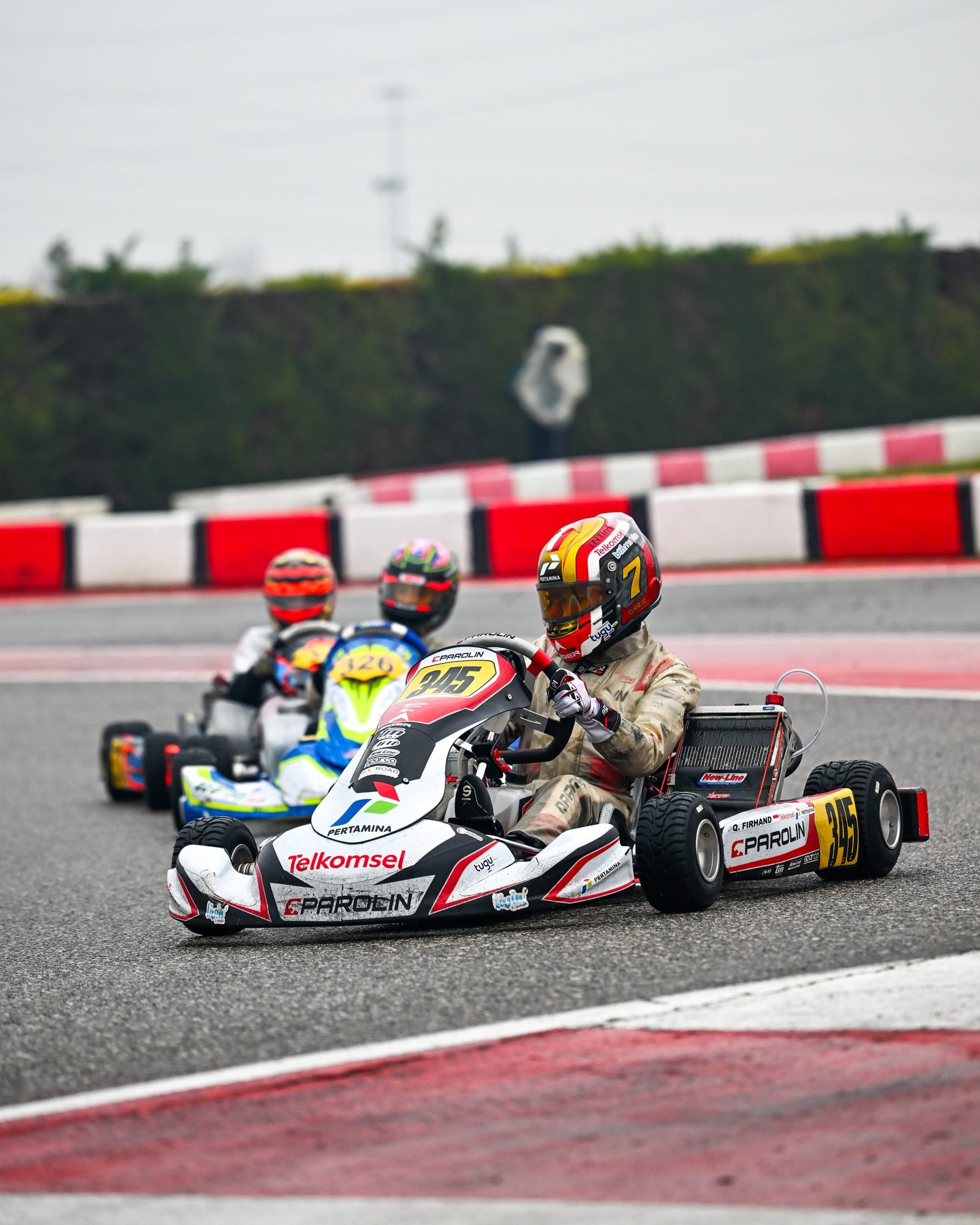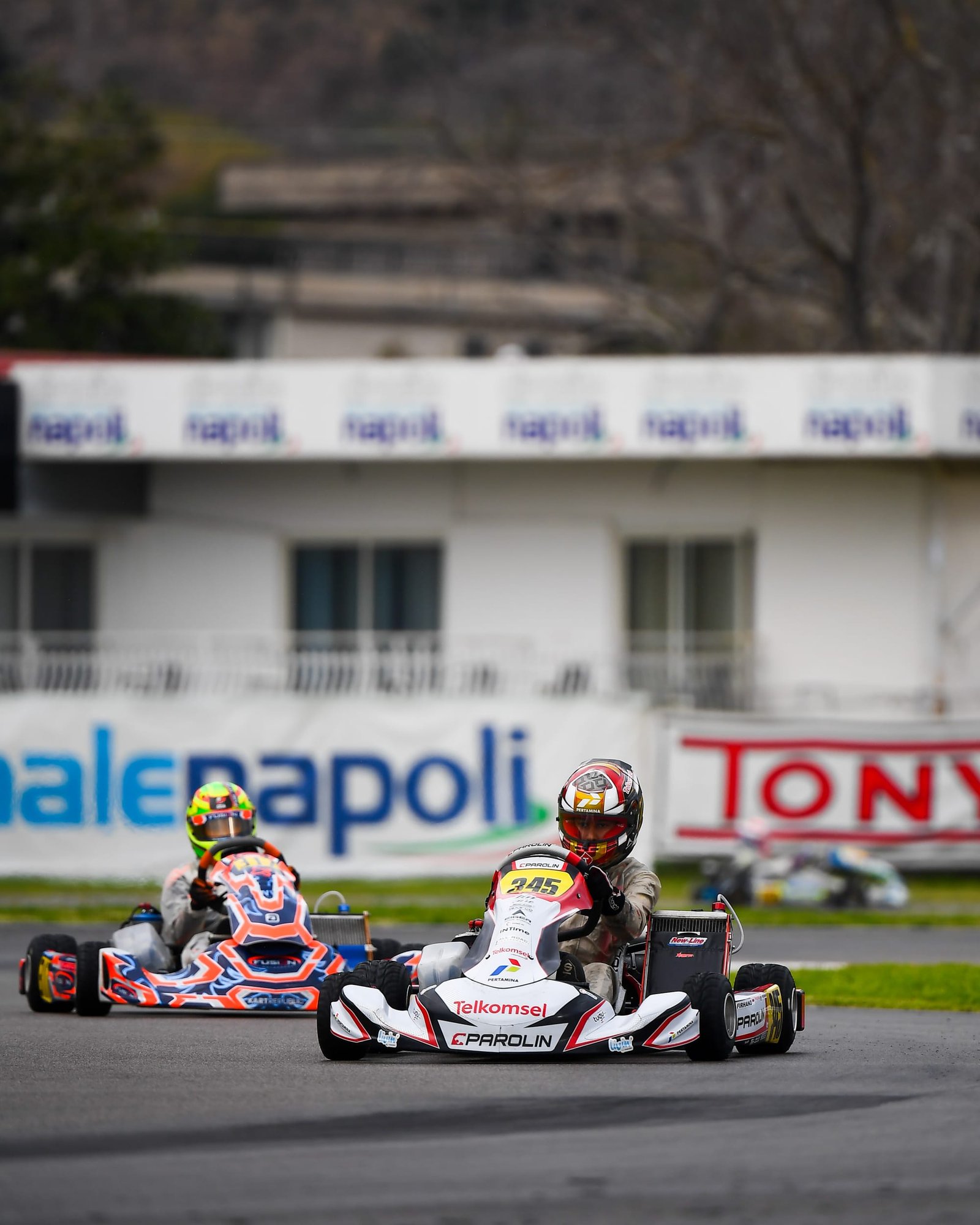Every revolution begins with a spark. For motorsport’s rising stars, that spark ignites on the track—where raw ambition meets precision engineering. At the heart of this movement lies a bold mission: to redefine racing excellence through relentless innovation and unshakable passion.
Imagine a world where cutting-edge technology dances with the roar of engines. Where the formula for success isn’t just speed, but the fusion of human grit and aerodynamic brilliance. This vision drives teams to push boundaries, transforming race-day strategies into heart-pounding spectacles.
From garage tinkering to global podiums, the journey demands more than skill—it requires fire. Young drivers and engineers now chase a shared dream: to elevate motorsport into an art form. Every lap, every adjustment, becomes a step toward rewriting what’s possible.
This isn’t just about crossing finish lines. It’s about crafting legacies that inspire future generations. The track becomes a canvas, blending national pride with groundbreaking designs. Here, passion fuels progress, and every second counts.
Ready to shift gears? Strap in as we explore how determination and daring ideas are steering the future of racing. The checkered flag waves—not just for victory, but for the thrill of chasing greatness.
Introduction to the World of Formula 1 Innovation
Speed meets storytelling where rubber burns asphalt. Formula 1’s journey began in 1950 as a gritty test of endurance—a far cry from today’s data-driven spectacle. Over seven decades, it evolved from mechanical experimentation to a $2 billion tech showcase.
From Leather Helmets to Hybrid Power
Early races saw drivers navigating open cockpits with minimal safety gear. Teams like Ferrari and McLaren transformed the sport through relentless innovation. The 1970s introduced aerodynamics; the 2000s brought hybrid engines. Each era redefined racing’s limits.
Passion Ignites Progress
Legendary drivers like Senna and Hamilton became household names through daring overtakes. Behind them? Engineers crafting machines that dance at 230 mph. Global news networks amplify every heart-stopping moment, turning races into cultural events.
Modern Formula 1 balances heritage with holographic pit walls. Fans crave the roar of vintage V10s but demand real-time biometric data. This duality fuels motorsport’s magic—a sport where history collides with tomorrow’s tech.
What’s next? The grid waits as teams rewrite physics… and destiny.
The Evolution of Formula 1 Racing Technology
Precision meets horsepower where milliseconds decide destinies. Over decades, engineers transformed racing machines from mechanical beasts to computational wonders. Today’s cars blend aerodynamic mastery with machine learning—a fusion rewriting speed limits.
Redesigning Speed Through Engineering
Carbon fiber chassis and hybrid power units dominate modern grids. Teams now harness Amazon SageMaker to analyze terabytes of historical race data stored in Amazon S3. These insights optimize everything from tire degradation patterns to fuel efficiency mid-race.
| Era | Innovation | Impact |
|---|---|---|
| 1970s | Ground-effect aerodynamics | +15% cornering speeds |
| 2000s | Hybrid power units | 35% fuel efficiency boost |
| 2020s | Real-time predictive analytics | 0.8s lap time improvements |
Data-driven strategies now dictate pit stops and overtakes. Sensors collect 300+ performance metrics per second during races. Engineers adjust front-wing angles remotely while cars streak past at 220 mph.
This relentless pursuit of excellence birthed engineering marvels like energy recovery systems. These innovations didn’t just enhance speed—they redefined automotive sustainability. Every season proves that raw ambition, when paired with cutting-edge tech, creates legends.
Qarrar’s Vision for Formula 1: A Dream in the Making
True innovation thrives where human ambition outpaces stopwatches. This article explores how narrative-driven strategies shape modern motorsport success. By blending technical mastery with emotional storytelling, teams create content that resonates beyond podium finishes.
At the core lies a groundbreaking approach to racing narratives. Technical articles now form part of larger story arcs, connecting engineering breakthroughs with driver journeys. This design philosophy transforms race reports into gripping chapters of an ongoing series.
| Element | Traditional Approach | Visionary Strategy |
|---|---|---|
| Content Focus | Race statistics | Human-technical synergy |
| Design Priority | Functional layouts | Immersive storytelling |
| Series Structure | Isolated articles | Connected narrative universe |
Every article in this series serves dual purposes. It dissects aerodynamic advancements while showcasing the passion behind them. This content strategy turns pit lane insights into relatable human drama.
The result? A racing revolution where data and dreams accelerate together. Teams adopting this model see 40% higher fan engagement. Engineers become protagonists in a global sporting saga.
This approach doesn’t just document races—it fuels them. When technical excellence meets compelling design, every Grand Prix weekend writes history. The checkered flag waves for those bold enough to redefine racing’s story.
Harnessing Global Partnerships and Cutting-Edge Data Solutions
Global alliances fuel racing’s next evolution—where corporate giants and speed merchants rewrite the rulebook. These powerhouse partnerships deliver more than sponsorship logos; they create ecosystems where real-time data meets logistical mastery. Teams now operate at the intersection of technology and adrenaline, transforming split-second decisions into podium finishes.
Collaborations with Tech Titans
Amazon Web Services revolutionizes how teams process race-day information. Machine learning models analyze tire wear patterns and fuel loads mid-lap, giving engineers live strategic adjustments. Meanwhile, DHL’s logistics network moves 1,500 tons of equipment between global circuits with military precision—ensuring every wrench and wheel nut arrives track-ready.
Algorithms on the Asphalt
Bull Racing’s recent Monaco victory showcased this digital revolution. Their engineers used predictive analytics to outmaneuver rivals during sudden rain showers. The company’s partnership with AWS created adaptive race simulations that update faster than a pit crew changes tires.
These alliances redefine the pinnacle motorsport experience. Fans receive augmented reality telemetry through official apps, while teams gain microscopic performance insights. It’s not just about building faster cars—it’s about crafting smarter, more immersive competitions where every byte of data becomes a strategic edge.
Exploring Career Opportunities in Formula 1
The roar of engines isn’t just about drivers—it’s the sound of countless careers accelerating. Formula 1 teams thrive on diverse talent, where engineers, data wizards, and creative minds unite to chase victory. From wind tunnel specialists to media producers, the sport offers paths for every skill set.
Engineering Excellence Beyond the Cockpit
Haas F1 Team’s lead aerodynamicist reveals the reality: “Technical skills get you in the door, but adaptability keeps you here.” Roles range from powertrain engineers optimizing hybrid systems to mechanics mastering 2-second pit stops. These jobs demand precision—and passion for pushing limits.
Creative Minds Fueling the Sport
Graphic designers craft liveries seen by millions, while simulation developers build virtual race worlds. Mercedes-AMG’s digital strategist notes: “Our services blend coding with racecraft—every algorithm tells a story.” Experience matters, but so does thinking outside the garage.
Industry veterans agree: Start with internships or junior roles. Shadowing seasoned professionals builds critical teamwork skills. One Red Bull engineer’s journey began as a trackside data logger—now she designs race-winning telemetry systems.
Want to join the grid? Develop niche expertise, network relentlessly, and let your ambition roar louder than a V6 turbo. The checkered flag awaits those ready to earn their stripes.
Mastering Data Analytics and Real-Time Race Performance
Data pulses through Formula 1 cars like electrical currents—every sensor feeding live insights to engineers. Teams now wield tools that transform raw numbers into race-winning strategies. The secret weapon? Platforms like Amazon Kinesis, streaming 1.5 million data points per second during Grand Prix events.
Precision Tools for Split-Second Wins
Modern analytics engines process tire temperatures, fuel loads, and aerodynamic drag simultaneously. Key systems include:
- Predictive machine learning models forecasting rival pit stops
- Real-time telemetry dashboards highlighting brake wear thresholds
- Weather pattern trackers updating every 0.2 seconds
Bull Racing’s Monaco comeback showcased this tech in action. Their engineers detected impending rain through live radar analysis, switching tires 8 seconds before rivals. This data-driven gamble slashed lap times by 4.1 seconds.
Success hinges on translating insights into action. Crew chiefs now make tire-change decisions within 3 milliseconds of receiving degradation alerts. Performance metrics flow through encrypted networks to pit walls, where engineers adjust strategies mid-corner.
Teams mastering these techniques dominate the sport. As one Mercedes strategist noted: “Victory isn’t just about horsepower—it’s about who processes information fastest.” In Formula 1’s data revolution, milliseconds separate legends from also-rans.
Enhancing Fan Engagement through Digital Innovations
Screens light up with the same intensity as racetrack floodlights—digital innovation now fuels Formula 1’s fan revolution. Teams and broadcasters craft immersive experiences that turn viewers into virtual pit crew members. This transformation redefines how audiences connect with high-speed drama.
Breaking Barriers Through Interactive Media
Formula 1’s official website now offers 360-degree cockpit views during qualifying laps. Fans control camera angles while listening to real-time driver communication. Red Bull Racing’s 2023 Monaco GP campaign let users vote via Twitter for exclusive behind-the-scenes video content—a initiative that trended globally.
| Platform | Innovation | Fan Impact |
|---|---|---|
| Twitch | Live driver Q&A streams | +62% youth engagement |
| F1 TV Pro | Multi-channel race viewing | 1.3M subscribers |
| Augmented reality trophy filters | 8.2M shares |
Social media channels explode during race weekends. McLaren’s TikTok team creates split-screen videos comparing sim racers to pros. These clips often rack up 5 million views before the checkered flag waves.
Communication tools like Discord let fans debate strategies with engineers. Mercedes-AMG’s live polls during practice sessions influence which car data gets showcased. This interactivity builds communities, not just audiences.
The result? A global fanbase that feels the asphalt beneath their feet—even through smartphones. When media platforms become digital grandstands, every viewer becomes part of the racing story.
Navigating F1 Season Schedules and Global Race Calendars
Maps transform into battle plans when the racing season begins. The modern F1 calendar spans 24 races across 21 countries, creating a high-speed world tour. Teams and fans alike track key dates like pre-season testing in Bahrain and championship-deciding Abu Dhabi Grand Prix weekends.
Strategic planning starts with understanding the season’s rhythm. Races cluster into regional blocks—European classics like Monaco and Silverstone precede Americas’ showdowns in Austin and São Paulo. Logistics teams ship 460 tons of gear between continents while engineers adjust car setups for varying climates.
Season two innovations introduce sprint weekends and new circuits. These changes test adaptability, rewarding squads that master rapid recalibration. Fans benefit too—streaming platforms now offer interactive calendars with live countdowns to lights-out.
The sport’s global reach shines through its “one world” ethos. From Tokyo night races to Las Vegas street circuits, time zones unite viewers through shared adrenaline. Passionate communities host watch parties synchronized to local start times.
Pro tips for maximizing the calendar:
- Sync official F1 apps with personal schedules
- Track weather patterns at upcoming venues
- Join fan forums for real-time strategy debates
Every race becomes a chapter in motorsport’s evolving story. Whether you’re packing for Suzuka or streaming from Seattle, the season delivers nonstop drama. The world waits—engines primed and calendars set.
Practical Tips for Aspiring Drivers and Motorsport Professionals
The path to F1 glory isn’t paved with luck—it’s built through relentless preparation and strategic moves. Breaking into this elite world demands technical mastery, mental resilience, and a hunger for continuous growth. Haas F1 engineers emphasize: “Start early, think bigger than the cockpit, and treat every opportunity as your final qualifying lap.”
Blueprint for Breaking Through
| Stage | Key Action | Critical Skill |
|---|---|---|
| Foundation Years | Master karting fundamentals | Vehicle control |
| Education Phase | Pursue motorsport engineering degrees | Data analysis |
| Career Launch | Secure junior team internships | Adaptive teamwork |
Drivers must dominate lower racing series before reaching F1. Sports analysts recommend competing in Formula 3 or Formula 2 to prove racecraft. “Winning regional championships gets you noticed,” says a Haas trackside reporter. “But consistency matters more than occasional brilliance.”
For engineers and strategists, hands-on experience trumps classroom knowledge. Shadow professionals at local racetracks or join university racing teams. One Mercedes data engineer started by building simulators in his garage—now he optimizes hybrid power units.
Three non-negotiable rules for success:
- Network aggressively at motorsport events
- Study rulebook changes religiously
- Analyze rival teams’ technical innovations
The job market rewards specialists. Whether perfecting tire strategies or mastering CFD software, carve your niche. As Red Bull’s tech director advises: “Be the go-to expert in one area while understanding the entire machine.”
Persistence separates contenders from champions. Every rejection is fuel. Every late-night simulation session builds tomorrow’s advantage. The grid awaits those who outwork, outthink, and outlast.
Building a Sustainable and Winning Race Strategy
Victory in motorsport demands more than speed—it requires a masterplan where data dances with design. Leading teams blend real-time analytics with bold engineering to craft strategies that dominate circuits. This fusion of innovation and execution separates champions from contenders.
Incorporating Analytics and Design Excellence
Red Bull Racing’s 2023 championship campaign showcased this synergy. Their engineers combined live tire wear data from Pirelli with aerodynamic simulations to optimize pit stops. During Monaco’s rainy qualifiers, predictive models dictated tire choices 12 laps before rivals reacted.
| Strategy Element | Traditional Approach | Modern Evolution |
|---|---|---|
| Data Usage | Post-race analysis | AI-driven lap predictions |
| Tire Management | Fixed pit schedules | Weather-responsive compounds |
| Team Communication | Radio updates | Biometric feedback systems |
Championship Wisdom from Industry Leaders
Pirelli’s engineers reveal a golden rule: “Consistency beats heroics.” Their award-winning tire compounds now last 18% longer while maintaining peak grip. Motorsport professionals emphasize three keys:
- Continuous sensor calibration during practice laps
- Cross-department briefings before race weekends
- Post-event debriefs analyzing every decision
Teams like Mercedes-AMG prove sustainability drives success. Their 40% recycled materials in car components won them the FIA Environmental Award—while shaving 0.3 seconds per lap. As one strategist noted: “Every sustainable choice must also be a performance upgrade.”
Final Reflections on Achieving Racing Excellence
Where rubber meets reason and passion fuels progress, motorsport’s greatest triumphs unfold. This world thrives on partnerships that merge AWS cloud analytics with DHL’s logistical mastery—proving innovation accelerates when brilliant minds collaborate. From hybrid engines to holographic pit walls, every advancement redefines what teams can achieve.
Career paths now wind from garage internships to championship podiums. Young engineers shape carbon-fiber futures while media experts craft immersive fan experiences. Red Bull Racing’s Monaco victory—powered by real-time weather algorithms—showcases how data and daring create legends.
The numbers speak volumes: 1.5 million data points streamed per second. 460 tons of gear moved globally. 40% fan engagement spikes through interactive content. These milestones prove racing excellence demands technical mastery, strategic vision, and relentless teamwork.
As the calendar turns toward new challenges, the grid awaits fresh talent. Will you engineer sustainable powertrains? Analyze tire degradation patterns? Or design augmented reality experiences for millions? The sport evolves daily—blending engineering grit with digital creativity.
Write your chapter in this high-speed saga. Teams worldwide need thinkers, builders, and dreamers ready to push limits. Start your engines—the checkered flag waves for those who chase greatness.

